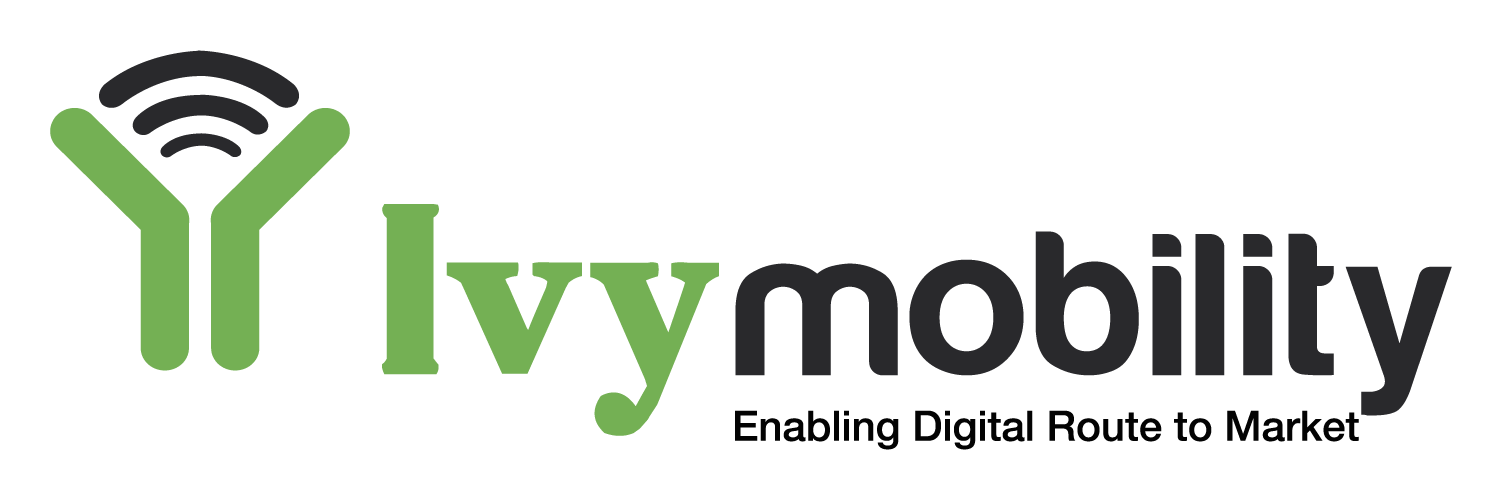The Ultimate Guide for Selecting Sales Force Automation Tool
The consumer packaged goods (CPG) industry is currently at a crucial turning point, holding the position of the 4th largest sector in the country. According to a report by Financeexpress, there is optimism for a growth rate of at least 20% in 2023, following exponential growth in 2022.
However, CPG brands encounter obstacles in improving their sales and distribution processes. The fast-changing consumer preferences create both opportunities and risks. Falling behind in meeting customer desires can result in losing market share to competitors. Sales Force Automation is crucial to align with evolving customer preferences and demands. By integrating intelligence into current sales solutions, brands can better understand and meet customer needs.
What is Sales Force Automation (SFA)?
Sales Force Automation (SFA) is a cloud-based software to automate field sales processes of organizations. It streamlines tasks such as order processing, stock monitoring, route optimization, and daily retail performance tracking. Salespeople can use the software to take orders, focus on primary products, handle returns, capture in-store images, and gather retailer feedback. SFA improves efficiency by providing real-time information on retail inventory levels, reducing errors, and enabling faster, more accurate order placement.

It also offers access to sales data, reports, and analytics, empowering sales representatives to make informed decisions. Managers utilize SFA to analyze key performance indicators and metrics, enabling targeted strategies and promotions. Overall, SFA increases sales, enhances productivity, and provides valuable customer and market intelligence through comprehensive reports and analytics.
Why Implement Sales Force Automation Software for Your CPG Brand
Sales force automation software can improve overall performance across revenue and operational efficiency. By utilizing automation solutions, businesses can gain better visibility into stock levels and product expiration dates. CPG companies can customize product offerings based on specific regions and analyze performance metrics for different segments. It ultimately leads to enhanced retailing efficiency, increased order quantities, and improved productivity. Recognizing the need for robust technology support as a brand evolves, companies can leverage automation to drive future growth and success.
How to Choose the Right SFA Tool
To assist you in smoothly navigating through this process, we have compiled a list of essential requirements:

Obtain Stakeholder Agreement
Get all stakeholders on board with the Sales Force Automation (SFA) solution before proceeding to ensure a smooth implementation process and shared objectives.
Establish a Budget
Set an approved budget that considers the cost of the SFA tool, training, and ongoing support to align with your financial limitations.
Define Goals and Objectives
Identify your organization’s goals and objectives for the SFA solution to prioritize features that enhance sales productivity, lead tracking, and communication within sales teams.
Create Vendor Shortlist
Compile a shortlist of vendors that meet your criteria by researching and reading reviews to consider factors like location, customer support, and scalability. Request demos or trials for a better understanding of their offerings.
Analyze Current Sales Processes
Map out your existing sales processes and identify key performance indicators (KPIs) to pinpoint areas for improvement with SFA software.
Conduct Proof of Concept (POC)
Run a POC of the SFA solution to identify potential issues, gather user feedback, estimate ROI, and train salespeople for a smooth transition.
Prioritize Training and Support
Select an SFA partner that offers training sessions and customer success support to maximize team utilization. Look for customizable features and integrations with other tools for tailored workflows.
Seek Customer Referrals
Gather feedback from the SFA partner’s customers to assess strengths, unique selling propositions (USPs), and areas that require monitoring before finalizing your decision.
After deploying your chosen solution, you can reaffirm its suitability by observing significant benefits that start to emerge.
Exploring New Horizons in Sales Tracking with Sales Force Automation
In the fast-changing CPG industry, monitoring sales activities is crucial for success. Brands require a comprehensive and user-friendly platform to emerge victorious in the market share. Ivy’s Salesforce Automation Tool is designed for CPG brands to help streamline their business processes and enhance business scalability.
With a purpose-built solution, Ivy’s Salesforce Automation Solution maximizes the power of your cloud platform, increases sales rep productivity, boosts topline revenue, reduces cost-to-serve, and delivers a differentiated brand experience. Offering a unified system, faster implementation, industry-specific workflows, extensive integrations, high configuration, and customization options, Ivy SFA/DSD provides a holistic route-to-market strategy for consumer goods companies.
Book a Demo of our Industry Cloud for Consumer Goods Companies.





